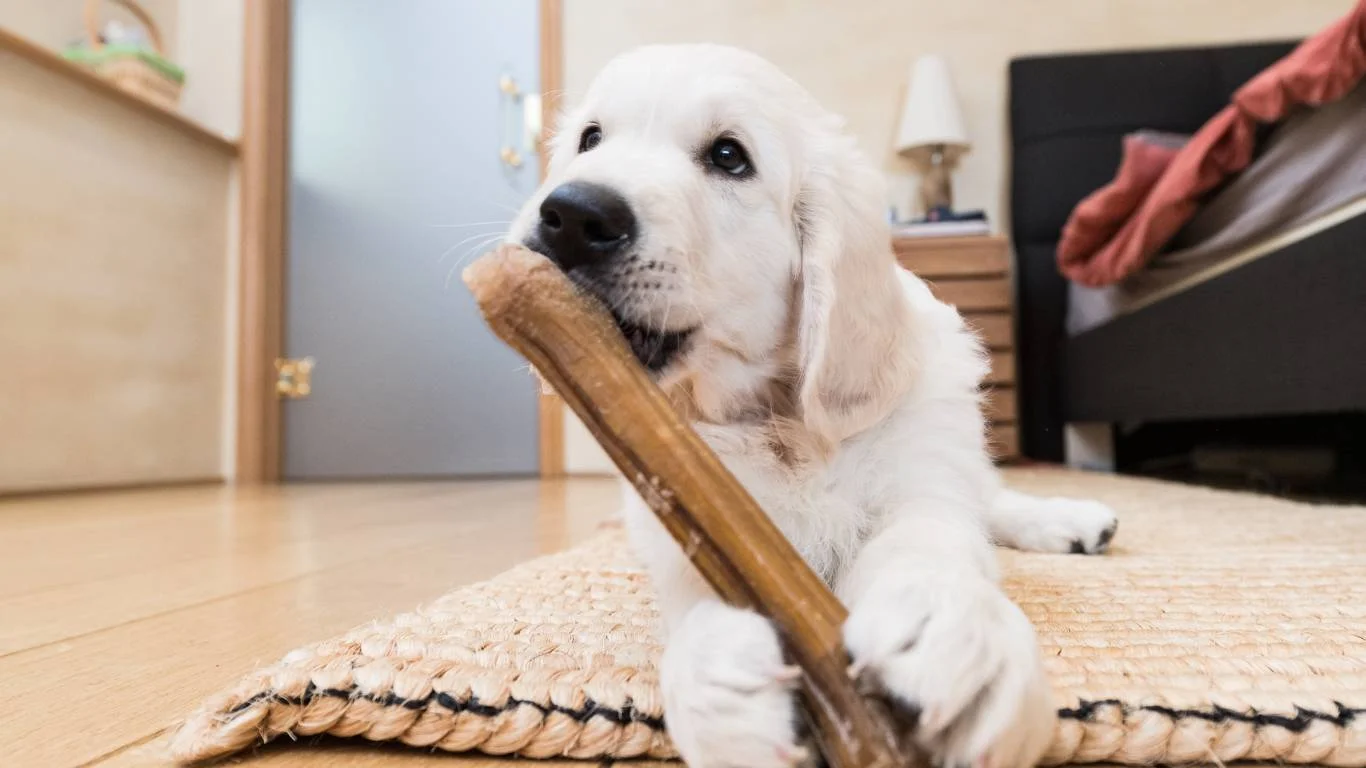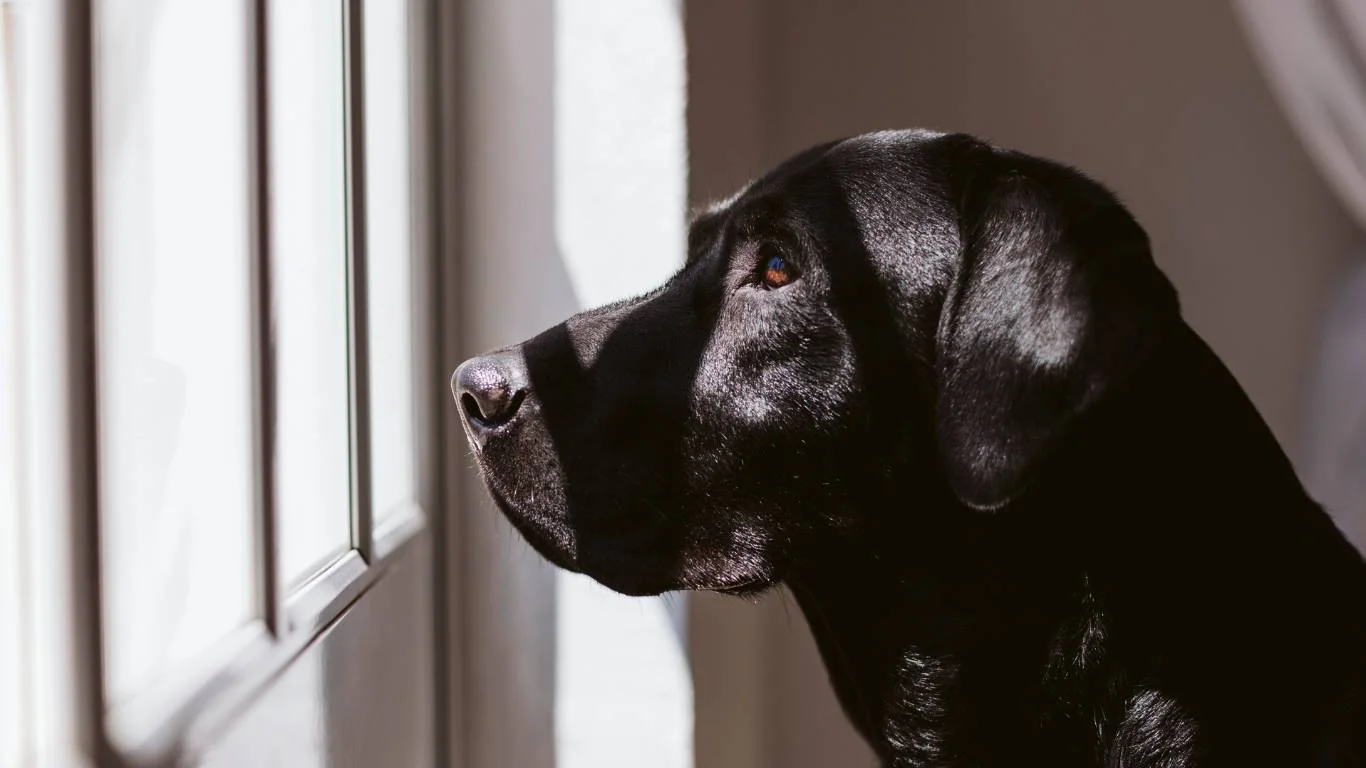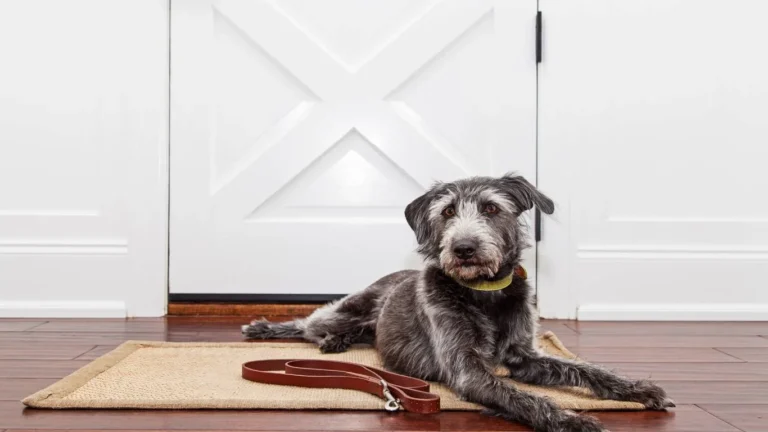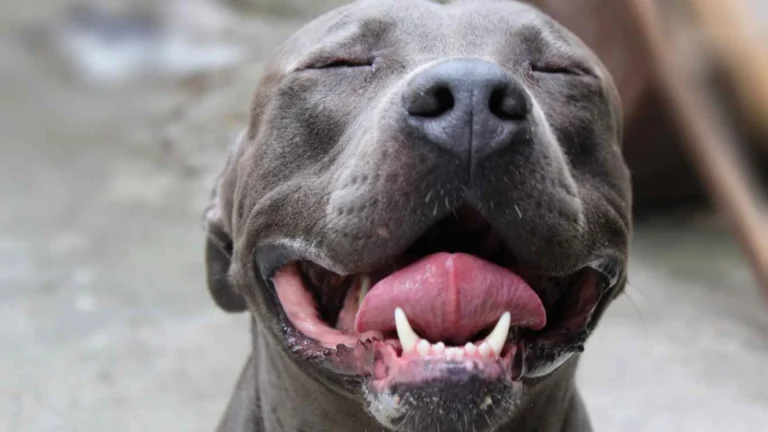What to Do If Your Dog Starts Limping Suddenly: Quick Steps to Help
If your dog suddenly starts limping, it can be alarming and confusing. You might wonder, “What to do if my dog starts limping suddenly?” From my experience as a Veterinary Assistant specializing in nutrition and overall pet health, I can tell you that while some causes are minor, others require quick attention. Limping is your pup’s way of telling you something isn’t quite right, so it’s important to understand the potential reasons and what steps you can take before rushing to the vet or panicking.
Why Dogs Limp: Understanding the Basics

Limping, or lameness, can be caused by a variety of issues — from a small injury to something more serious like joint problems. Having worked closely with animals in different health conditions, I’ve seen everything from tiny cuts or splinters causing discomfort to deeper issues like torn ligaments or arthritis flaring up unexpectedly.
Dogs don’t always show pain clearly, so a limp might be the first sign you notice. It’s crucial to keep a close eye on your dog’s behavior and physical state. Is your dog favoring one leg, avoiding putting weight on it, or even showing signs of swelling or heat? These clues help determine the urgency.
Common Causes of Sudden Limping
- Minor injuries: Small cuts, bruises, or a thorn stuck in the paw can cause sudden limping. I remember a pup who just had a tiny thorn but limped for days until it was removed.
- Sprains and strains: Dogs love to run and jump, which sometimes leads to overstretched muscles or ligaments.
- Joint issues: Conditions like arthritis or hip dysplasia can flare up suddenly, especially in older dogs or certain breeds prone to joint problems.
- Fractures or breaks: Though less common, a limp after trauma might indicate a broken bone and requires immediate vet care.
- Infections or abscesses: Sometimes infections in the paw or leg can cause swelling and pain leading to limping.
What to Do If Your Dog Starts Limping Suddenly

Knowing what to do if your dog starts limping suddenly can save you unnecessary worry or even prevent a problem from worsening. The first thing I always recommend is to stay calm. Dogs can pick up on your anxiety, which doesn’t help them feel better.
Here’s a simple step-by-step approach I use when I see a dog limping out of nowhere:
- Inspect the paw and leg: Gently check for visible signs like cuts, swelling, or foreign objects stuck between the toes. Sometimes a small piece of glass or a burr can cause a limp.
- Check for swelling or heat: Run your hands along the limb, feeling for any warmth or swelling, which can indicate inflammation or injury beneath the surface.
- Limit activity: Encourage your dog to rest and avoid jumping or running. This helps prevent further injury and gives the affected limb a chance to heal.
- Use a cold compress: Applying a cold pack wrapped in a towel for 10-15 minutes can reduce swelling and ease pain, especially if the limp is from a recent strain or sprain.
- Observe for improvement: If the limp improves within 24-48 hours, it’s likely a minor issue. If it persists, worsens, or your dog shows signs of distress or fever, it’s time for a professional vet evaluation.
When to Contact Your Veterinarian Immediately
While many cases of limping can be managed at home initially, there are certain signs that should never be ignored:
- Your dog is refusing to put any weight on the leg.
- There is visible bleeding or an open wound.
- You notice sudden swelling, deformity, or intense pain.
- Your dog shows signs of fever, lethargy, or loss of appetite.
- The limp lasts more than 48 hours without improvement.
In these cases, prompt veterinary care is essential to diagnose and treat the underlying cause properly. As someone who’s been in the clinic, I’ve seen how early intervention can make a huge difference in recovery.
Diagnosing the Cause: What the Vet Will Look For

If you do end up taking your dog to the vet because of that sudden limp, it’s helpful to know what the process might look like. From my time assisting in veterinary clinics, I’ve seen how vets approach limping cases carefully and methodically to get to the root of the problem.
First off, the vet will do a thorough physical exam, focusing on your dog’s gait, posture, and the affected limb. They’ll gently palpate (which means pressing and feeling) the bones, joints, and muscles to check for tenderness, swelling, or unusual movement. Sometimes dogs try to hide their pain, but the vet’s trained eyes and hands can often detect subtle signs.
Then comes the part where your observations come in handy — the vet will ask you questions like: When did the limp start? Did you notice any injury or trauma? Has your dog been more active than usual? This info helps narrow down the possible causes.
Diagnostic Tools Vets Use
- X-rays: These are often the first step to rule out fractures, dislocations, or arthritis changes in the bones and joints.
- Joint fluid analysis: If there’s swelling in a joint, vets might take a small sample of fluid to check for infection or inflammation.
- Blood tests: These can help identify infections, autoimmune diseases, or other underlying health issues contributing to the limp.
- Advanced imaging: In more complex cases, ultrasound or MRI may be recommended to look deeper into soft tissues like ligaments, tendons, or muscles.
Knowing this makes me appreciate even more how important it is to get professional help if the limp doesn’t improve quickly — sometimes what seems minor can hide a bigger problem.
At-Home Care Tips to Support Your Limping Dog

While waiting for your vet appointment or managing a mild limp at home, there are some things you can do to help your furry friend feel more comfortable and support healing. Based on my personal experience and training, here’s what I recommend:
Rest and Restricted Movement
It sounds obvious, but limiting your dog’s activity is crucial. No zoomies, no running, no jumping off the couch! Even if your dog looks like they want to play, pushing through pain can worsen injuries. I once worked with a dog who kept hopping around despite limping — and the injury got way worse before it got better.
Comfortable Bedding and Warmth
Soft, supportive bedding helps relieve pressure on sore joints and muscles. Depending on the weather, gentle warmth (like a warm towel or heating pad set on low) can ease stiffness — but be careful not to overheat the area.
Nutrition and Supplements
Since my background includes nutrition, I can’t stress enough how diet impacts joint and muscle health. Omega-3 fatty acids, glucosamine, and chondroitin supplements often help support joint recovery and reduce inflammation. However, always check with your vet before adding supplements because dosage and quality matter a lot.
Pain Relief Options
Never give your dog human pain meds without vet guidance — some common drugs can be toxic to dogs. If your vet prescribes anti-inflammatory or pain medications, follow the instructions carefully. If you notice any side effects, call your vet right away.
Preventing Future Limping Episodes

Nobody wants to deal with limping on a regular basis, right? So, prevention is key. From my hands-on experience, I’ve learned that a few simple habits can really help reduce the risk of sudden limping and keep your dog’s legs strong and healthy over time.
Regular Exercise with Moderation
Exercise is great for building strong muscles and joints, but overdoing it can backfire. Try to keep your dog’s activities consistent — sudden bursts of intense exercise or playing on rough terrain can lead to strains and injuries. I always suggest short, frequent walks rather than one exhausting session, especially for older dogs or breeds prone to joint issues.
Maintain a Healthy Weight
Extra pounds put extra pressure on joints, increasing the risk of limping due to arthritis or muscle fatigue. Helping your dog maintain an ideal weight through balanced diet and exercise is one of the best things you can do for their long-term mobility.
Regular Vet Check-ups
Don’t skip those annual visits! Early detection of joint problems, infections, or other health concerns can prevent sudden limping episodes. Plus, vets can recommend tailored nutritional plans or supplements based on your dog’s age, breed, and lifestyle.
Rehabilitation and Recovery: Helping Your Dog Bounce Back

Once your vet has diagnosed the cause of your dog’s limp and the initial pain or injury is managed, the next phase is recovery — and often, that involves some form of rehabilitation. Over the years working alongside veterinary professionals, I’ve seen firsthand how important rehab is for a full, smooth recovery and to prevent future limping episodes.
Rehabilitation can include everything from controlled leash walks and gentle stretching to specialized physical therapy techniques. For dogs recovering from ligament injuries or surgery, rehab helps rebuild strength and restores mobility without overloading the healing tissues.
Simple Rehab Exercises You Can Try at Home
Before jumping into any exercise routine, always get your vet’s okay. But once they give you the green light, here are a few things you might do to help your dog regain strength:
- Short leash walks: Start with brief, slow walks on even ground. Gradually increase duration as your dog’s comfort improves.
- Range of motion stretches: Gently moving your dog’s joints through their natural range helps reduce stiffness and maintain flexibility.
- Balance exercises: Using a soft surface like a cushion or foam pad, encourage your dog to stand and balance — this strengthens stabilizing muscles.
- Massage: Light massage around the affected leg can improve circulation and soothe sore muscles.
I remember a golden retriever I cared for who had a tricky ligament injury. The owner was nervous about rehab at first, but with patience and consistent gentle exercises, the dog regained full use of the leg — it was honestly such a rewarding experience to witness.
When Limping Is a Sign of a Chronic Condition

Sometimes, limping isn’t just a one-time problem but a symptom of an ongoing condition, especially in senior dogs or certain breeds. As a Veterinary Assistant, I often work with dogs dealing with chronic arthritis or hip dysplasia, where limping comes and goes depending on activity and weather.
If your dog falls into this category, managing limping means a combination of consistent care, monitoring, and lifestyle adjustments. This is where knowing what to do if your dog starts limping suddenly overlaps with long-term management strategies.
Managing Chronic Limping
- Joint supplements: Regular use of glucosamine, chondroitin, and omega-3s can support joint health and slow cartilage deterioration.
- Weight management: Keeping your dog lean reduces stress on joints and decreases flare-ups.
- Low-impact exercise: Swimming or gentle walks help maintain muscle tone without pounding sensitive joints.
- Pain management: Your vet might recommend ongoing pain relief options tailored to your dog’s needs.
- Comfortable environment: Orthopedic beds, ramps, and non-slip flooring can make a big difference in everyday mobility and comfort.
Chronic conditions take patience and attention, but with the right approach, many dogs continue to live happy, active lives — I’ve seen some of the toughest cases make impressive turnarounds with care and support.
Trusting Your Instincts and Partnering with Your Vet
One of the biggest takeaways I want to share from my experience is this: you know your dog best. When something feels off, even if it’s just a subtle limp, trust your gut. Early detection and action can often prevent small problems from becoming serious.
And remember, your veterinarian is your partner in this journey. Don’t hesitate to reach out with questions or concerns, even if you’re unsure whether the limp warrants a visit. That partnership is key to keeping your dog healthy, comfortable, and limping-free.
References
Disclaimer
This article is for informational purposes only and does not replace professional veterinary advice. If your dog starts limping suddenly or shows signs of distress, please consult your veterinarian promptly. The author is a Veterinary Assistant with experience in nutrition and animal care, but individual cases vary, and only a qualified vet can diagnose and treat your pet properly.






